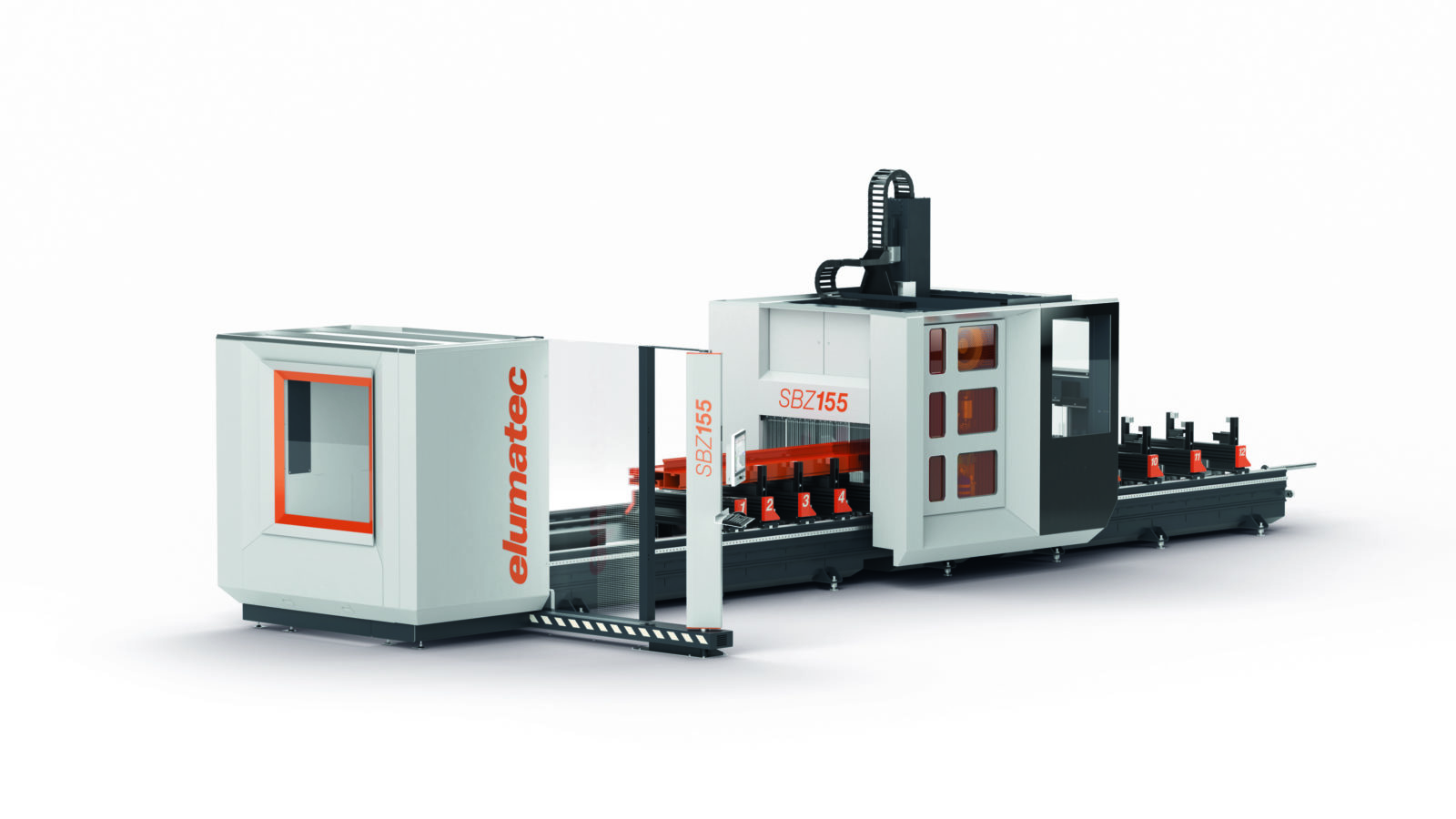Industry 4.0 – it’s not all hype, the gains are real

By Neil Parton, managing director, Elumatec
Manufacturing and information technology used to be two very distinct sectors. Not any longer. When machines can be equipped with wireless technologies that don’t simply monitor and control, but make decisions, optimise workflows and prevent breakdowns, we are clearly in a new era.
But while this new industrial revolution has clear benefits, adoption rates are not what they could be.
Perhaps the jargon and buzzwords are off-putting. Industrial Internet of Things, machine learning, cyber physical systems – all these terms, or their acronyms, can easily alienate the engineer proud of his time-honed skill or the machine operator scheduling processes with a blend of experience and gut feel.
I expect there are many causes, but I know two things; firstly, a manufacturer that’s going to thrive long term needs to have alignment between its operational strategy and its digital one. The systems should not be in opposition.
And secondly, despite being branded as a major revolution, transformation can be gradual. Industry 4.0 technologies can be implemented in small, simple and manageable steps which can make a significant difference.
Let’s look at the kinds of things these technologies make possible and why they matter.
We all know that the world has changed. News reports tell us about labour and skills shortages. There is disruption in supply chains. Energy prices have rocketed. Uncertainty isn’t a short-term issue but the new normal.
In this climate, Darwin’s survival of the fittest theories can just as easily be applied to manufacturing businesses as to plant or animal species.
Those manufacturers that have eliminated waste will be stronger. The ones that can turnaround orders faster will secure the deal. The ones whose machines monitor themselves won’t suffer breakdowns. The ones that model new products using augmented or virtual reality don’t have to wait weeks for a physical prototype before they can test the concept.
Over time, those adopting Industry 4.0 technologies will gain a competitive edge. They will be more efficient, more responsive and more adaptable. They will be the survivors.
This isn’t an industrial revolution that we should be resisting or avoiding. It’s one we should embrace. And while the IT boffins throw about all their buzzwords, in simple terms all this is possible because information is collected, analysed and used to improve how things are done. The processors can do it faster than we can, that’s all.
So how do we go about adoption?
The short answer is by taking small, well-planned steps. Leaping-in could alienate employees, provoking resistance. Without adequate planning, investments could be made in digitising processes that were already working optimally.
Instead, an organisation should look at their people, their processes, their existing technology, the challenges they face and the opportunities they could exploit. Then they should identify the issues that Industry 4.0 technologies could solve.
If that sounds too simple, apologies. I understand that in-depth consideration is required, and that investments must be sound. But I also know how many of Elumatec’s customers are singing the praises of our Industry 4.0 eluCloud software.
I know customers want machinery where performance is optimised by these technologies. There’s already a lot of interest in our new Industry 4.0 ready eluCloud SBZ 155 and the SBZ 125/85 machining centres.
The steps to successful adoption:
1) Understand where you are now. Learn about where Industry 4.0 technology could improve your operation. Get advice and talk to your peers.
2) Draft a plan. Include not only the technology you want to adopt, but also the impact on stakeholders.
3) Share your vision internally and with key partners. Ensure your team are on-board. Secure funding. Ensure resources are adequate. Think about training or recruiting to solve any skills gaps.
4) Start with the quick wins. Upgrade your existing systems if possible.
5) Keep moving forward. Overnight miracles are rare but long-term benefits can be huge.
6) And throughout the process, review, review, review.
One last thing
I’m a big believer in the power of Industry 4.0. I know the possibilities it offers can transform struggling businesses into success stories that other manufacturers would love to emulate. But there’s a big proviso: does it make sense for your operation and its objectives?
Always consider whether the technology aligns with your strategy. Does it offer something your market wants? If it doesn’t, why do it?
